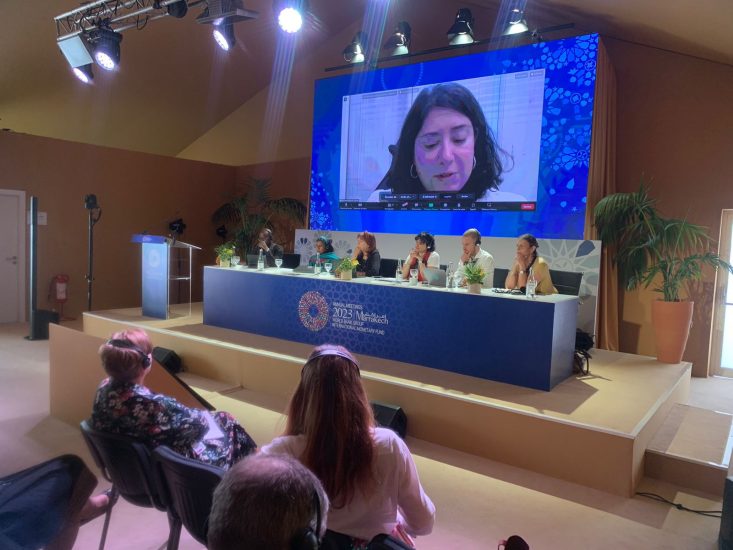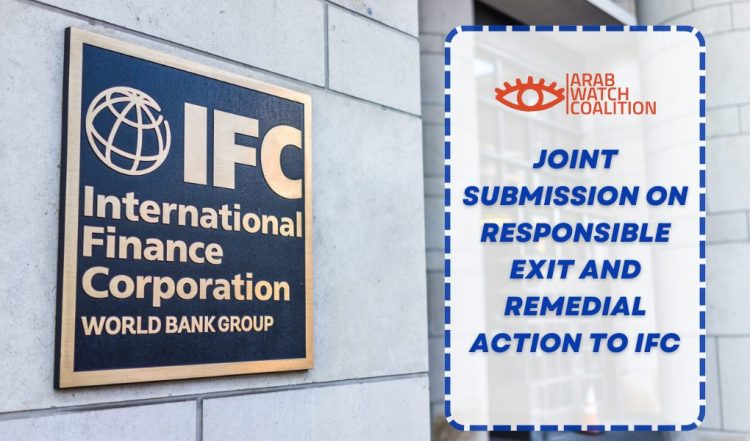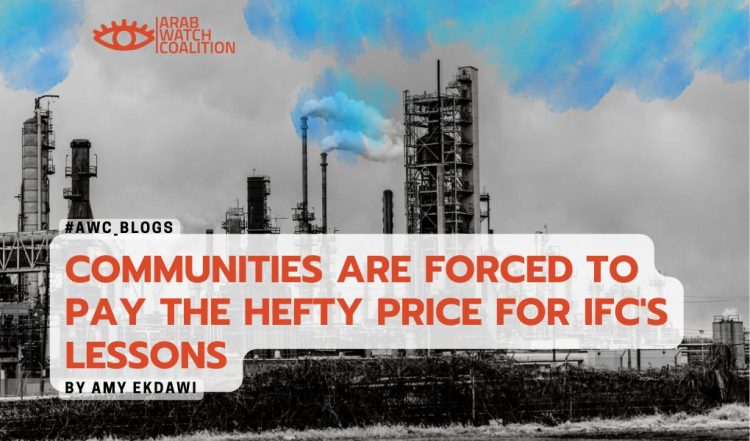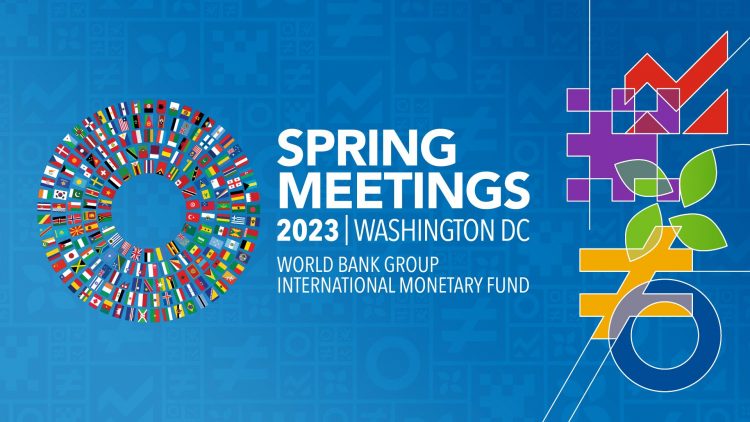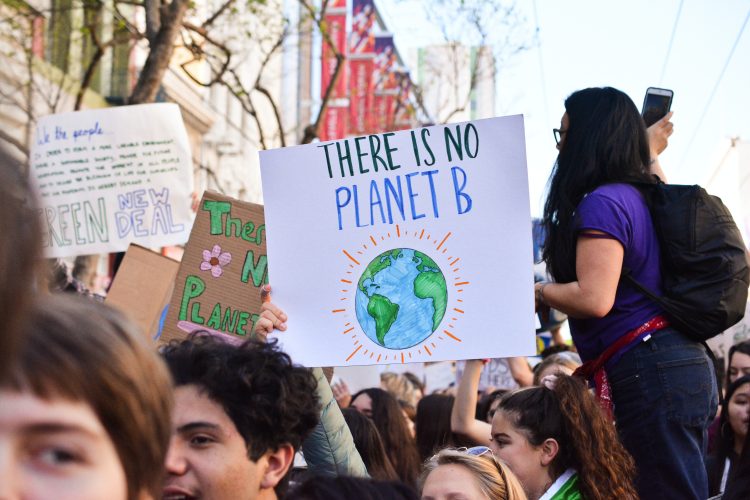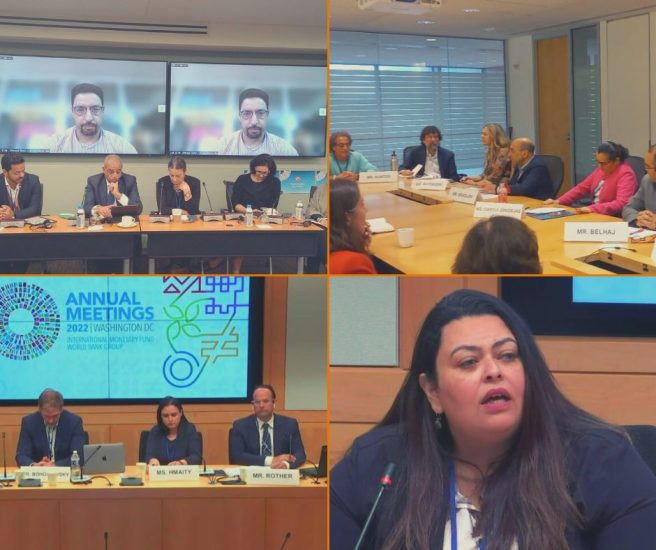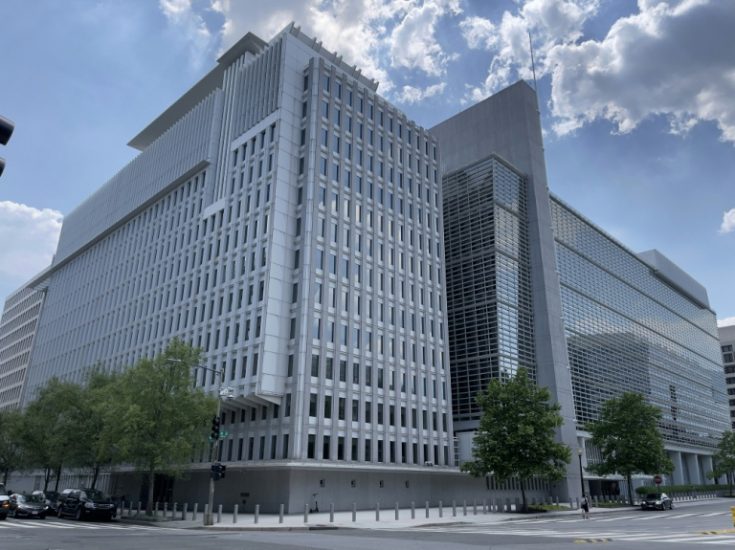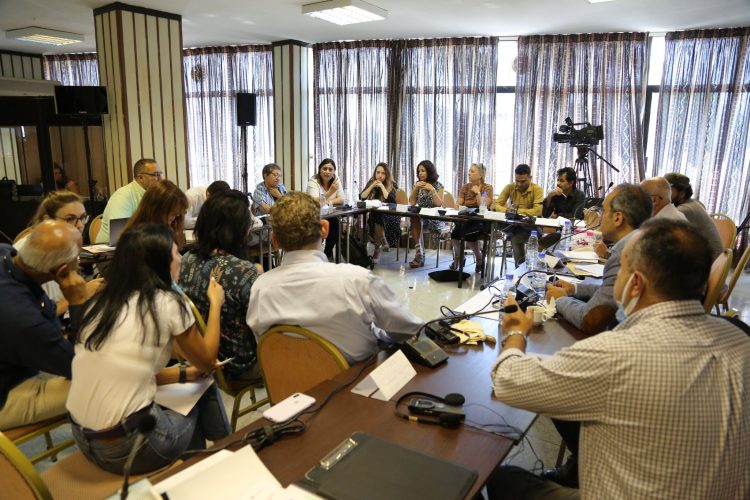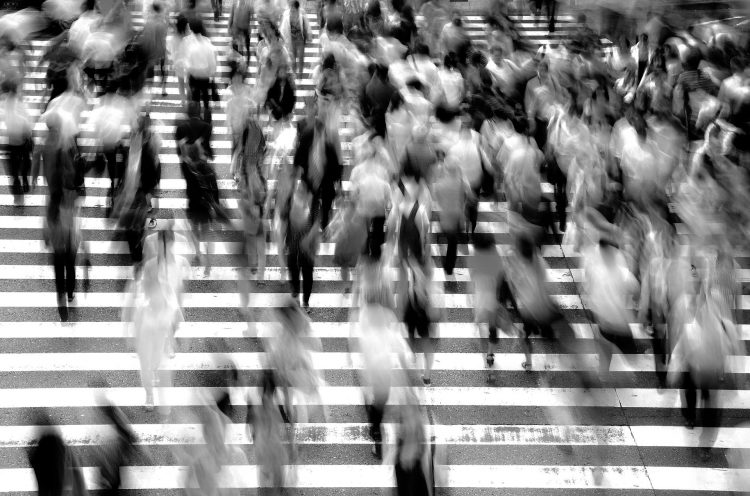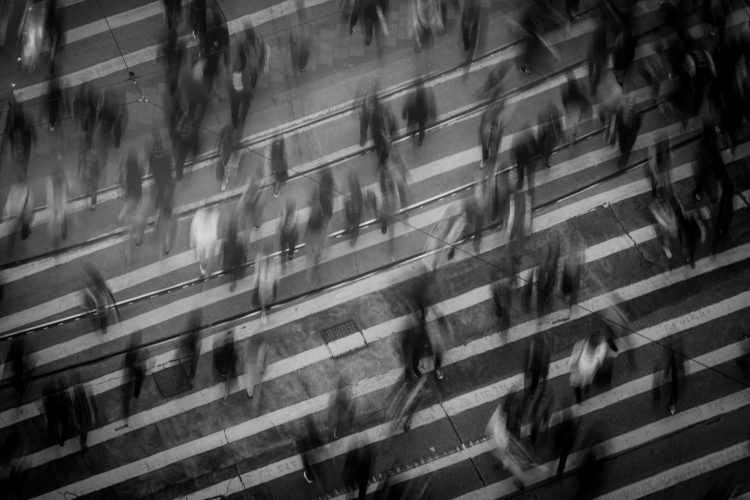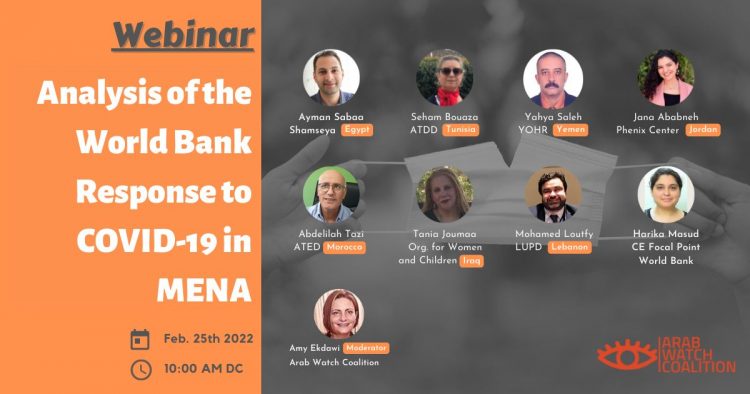THE WORLD BANK GROUP
While other international financial institutions may be less familiar, chances are you have heard of the World Bank. As the oldest international development public bank, one of the most sizable lenders, and of the most prolific sources of development research today, the World Bank remains a highly influential institution. Although there are many more resources of development finance today than when the World Bank was created, it continues to occupy a unique space.
When was it established?
Both the World Bank and the International Monetary Fund were established in 1944 at the Bretton Woods conference in the United States. The World Bank was created initially to help rebuild Europe after World War II. Today, the World Bank is made up of several institutions, which together comprise the “World Bank Group”. The separate arms of the World Bank Group are discussed below.
What is its mission?
Today, the World Bank Group’s professed mission is to achieve the twin goals of reducing global extreme poverty to 3 percent by 2030, and promoting shared prosperity defined as the income growth of the bottom 40 percent of the population within a country. The cornerstone of the World Bank Group’s philosophy is that economic growth, principally through private investment, will lead to achieving its twin goals.
What are the different arms of the World Bank Group?
The name “World Bank” generally refers to the two public sector lending arms of the World Bank Group. The two arms share the same management and the same policies and procedures. Those two arms are:
- The International Bank for Reconstruction and Development (IBRD), that provides loans at near-market interest rate to middle income countries, and
- The International Development Association (IDA), that provides grants, or discounted loans to low income countries.
The International Finance Corporation (IFC) is the arm of the WBG that provides loans and equity financing, advice and technical services to businesses investing in developing countries. An equity investment is the purchase of shares in a company or project.
The Multilateral Investment Guarantee Agency (MIGA) is the arms that provides private companies with political risk insurance to encourage them to invest in developing countries. It also assists host governments with legal services and strategic advice about attracting private investment.
The International Center for Settlement of Investment Disputes (ICSID) provides conciliation and arbitration between international investors and states.
Besides those five arms, the Bank has the following independent units to evaluate its work and hold its management accountable.
- The Inspection Panel is the accountability mechanism that deals with complaints from communities who are negatively impacted by the Bank’s funded projects through its two public sector arms: IBRD and IDA.
- The Compliance Advisor and Ombudsman (CAO) is the accountability mechanism that deals with complaints from communities who are negatively impacted by the Bank’s funded projects through its two private sector arms: IFC and MIGA
- The Independent Evaluation Group (IEG) evaluates the World Bank Groups projects and policies and issue recommendations.
Who runs the World Bank Group?
The World Bank Group is jointly owned by its 189-member country governments, each of which holds shares in the Bank roughly in proportion to the size of its economy. The size of each country’s share determines the weight of its vote on the Bank’s Board of Directors.
- Board of Governors. Each country is represented on the Board of Governors usually by its Minister of Finance, the Minister of International Cooperation, or the head of its Central Bank. The Governors meet twice a year at the IMF/World Bank Annual and Spring Meetings, to review and set policies and priorities for the institution.
- Board of Directors. Day-to-day decisions about financing and policy implementation at the World Bank Group are taken by the Board of Directors, which consists of 25 members. Each member represents one or more member governments. Representation on the Board depends on the country’s share in the Bank. Eight countries has each its own representative: The US, the UK, France, Germany, , China, Japan, Russia, and Saudi Arabia. The rest of the countries (181) share 17 seats at the Board of Directors. The constituencies of each seat have their own agreements to select their representatives.
- The President of the World Bank Group is traditionally nominated by the United Sates. The President is confirmed by the Board of Directors. S/He chairs the Board of Directors and the management of each of the 5 arms of the World Bank Group reports to her/him. S/he serves for a 5-year renewable term.
The independent units, mentioned above, do not report to the President, but to the Board of Directors.


